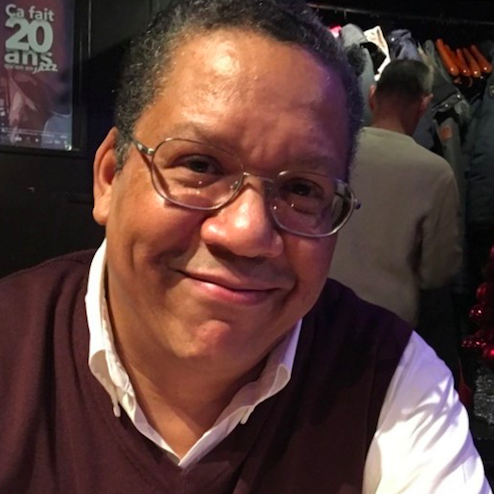
(Image: Monkey Business/Adobe Stock)
Communities that are underserved by mainstream financial institutions are hampered by a lack of access to capital to fund affordable housing and small businesses. Community development financial institutions (CDFIs) play a crucial role in offering solutions to these communities as gap financiers.
“We are gap financiers by historic definition, although we’ve evolved into much more,” Bernel Hall, CEO of the CDFI New Jersey Community Capital, told TriplePundit. “People from underserved communities have had more of a difficult time getting the same access to capital as people from majority communities.”
CDFIs include mission-driven banks, credit unions, loan funds and venture capital providers. These institutions have leveraged billions of dollars for investment in communities left out of the economic mainstream. In 2023 alone, CDFIs in the United States financed more than 76,000 affordable housing units and 126,000 small businesses, giving rise to more than $57 billion in investments and loans.
People in underserved communities typically don’t have access to resources like large inheritances to support the initial risk of building businesses or investing in real estate projects, Hall said.
“That’s where CDFIs come in. CDFIs take that risk where banks generally do not, and in doing so, we generally provide more patient capital with lower interest rates that is repaid over a longer period of time,” Hall said. “It tends to be the case more often than not that CDFIs will provide that financing where banks do not and stay with the client longer until they become more credit-worthy, and they move on to traditional banking, and hopefully, to private equity as they scale their business.”
Unlike large banks and other mainstream financial companies, federal regulations require CDFIs to commit at least 60 percent of their investments toward underserved low- and middle-income communities. These investments include offering affordable financial services for people with lower incomes, loans for entrepreneurs, investments in new affordable housing, and backing for development projects that create jobs.
New Jersey Community Capital prioritizes being active in the communities by continually investing time and resources, regardless of whether they are financing a project, Hall told 3p.
“We make sure that our staff from the highest levels and throughout the entire organization reflect the communities that we serve,” Hall said. “We truly believe that having a diverse staff gives us the shared experiences to make us better investors and better lenders than would otherwise be the case if the staff did not look like the people that they invested in.”
The most difficult part of what CDFIs do is balancing generating social impact with providing competitive financial returns for investors, Hall said.
“We always like to say we are focused on double bottom line impact. In order for that to be the case, we clearly have to take more risk than traditional financial institutions,” Hall said. “But at the same time, our capital has to be a little more efficient, or cheaper, and more patient in order for the people that need it the most to have the opportunity to build their business or to build housing.”
In many instances CDFIs, take less than their expected return to gain socioeconomic impact that can have a long-term positive effect on a business, community or individual, Hall said. Instead of taking a 25 percent return, for example, a CDFI might take a 20 percent return, knowing the small business it is financing will benefit the community by hiring locals and buying supplies locally.
“We did not max out our economic return in the short term, but in the long run, some of the positive externalities are increased property taxes," Hall said. “Because now that person is a homeowner, and now that property tax is used to build better schools or bring more jobs for people in the community.”
New Jersey Community Capital’s community emphasis helps to reduce loan losses and prevent foreclosures, Hall said. The CDFI is currently seeing the lowest loan delinquencies — below 1 percent — in its 36-year history.
“We spend more time truly building relationships with our clients. We don’t just go through loan applications and then see you the next time it’s time to refinance or repay the loan,” Hall said. “We actually either provide technical assistance ourselves or refer people to nonprofits that provide a type of technical assistance that de-risk the project in the long run.”

Gary E. Frank is a writer with more than 30 years of experience encompassing journalism, marketing, media relations, speech writing, university communications and corporate communications.













